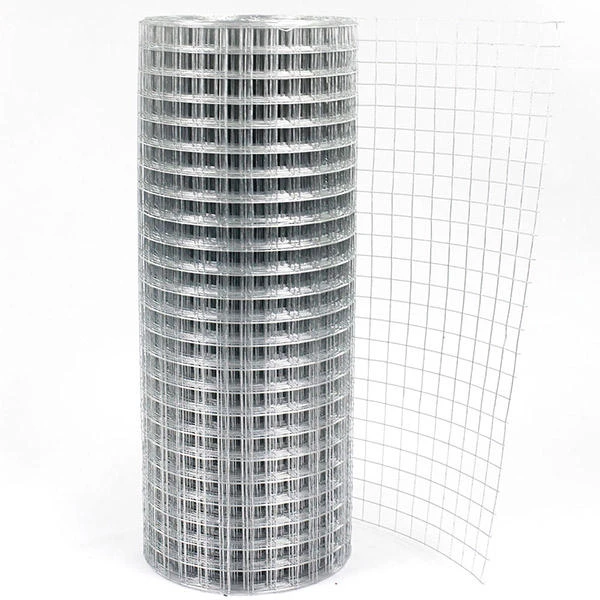Nov . 10, 2024 05:36 Back to list
Serrated Stainless Steel Grating for Enhanced Safety and Stability in Various Applications
The Advantages of Serrated Stainless Steel Grating
Serrated stainless steel grating has become increasingly popular across various industries due to its unique combination of strength, durability, and safety features. This specific type of grating is engineered specifically to enhance traction, making it an invaluable asset in environments where slip resistance is crucial.
Enhanced Safety Features
One of the defining characteristics of serrated stainless steel grating is its surface design. The serrations, or grooves, provide improved traction, significantly reducing the likelihood of slipping, especially in wet or oily conditions. This is particularly important in industrial settings, such as factories, oil rigs, and warehouses, where workers are often exposed to potentially hazardous footing. The serrated surface allows for a secure grip, making it ideal for walkways, stairs, and loading docks.
Durability and Longevity
Stainless steel itself is known for its durability and resistance to corrosion, making it an excellent choice for grating materials. Compared to other materials such as aluminum or carbon steel, stainless steel retains its structural integrity and appearance over time, even in harsh environments. It withstands the effects of humidity, chemicals, and extreme temperatures, making it suitable for a wide range of applications, from coastal areas to industrial plants.
The longevity of serrated stainless steel grating translates to lower maintenance costs and fewer replacements over the years. This is especially beneficial for businesses looking to optimize operational costs and maximize productivity. Investing in high-quality grating means fewer disruptions due to maintenance and repairs, allowing operations to run smoothly.
serrated stainless steel grating

Versatile Applications
Serrated stainless steel grating finds use in numerous applications across various sectors. In the construction industry, it is often utilized for flooring, platforms, and stair treads. The chemical industry benefits from its resistance to corrosive substances, while the food processing sector values the sanitation and easy cleaning associated with stainless steel materials. Moreover, the aesthetic appeal of stainless steel makes it suitable for architectural applications, adding a modern touch to both interior and exterior designs.
In addition, serrated stainless steel grating is customizable to fit specific project requirements. It can be produced in various sizes, shapes, and patterns, making it adaptable to any industrial or commercial need. Customization options mean that businesses can design solutions that best fit their operational workflows without compromising safety or functionality.
Environmental Considerations
The environmental impact of materials is an increasingly important consideration for businesses today. Stainless steel is recyclable, adding an eco-friendly dimension to its use. Choosing serrated stainless steel grating not only benefits businesses in terms of safety and durability but also aligns with sustainable practices, as it can be reused and recycled at the end of its life cycle.
Conclusion
In conclusion, serrated stainless steel grating is a versatile, durable, and safe option for numerous applications across multiple industries. Its slip-resistant surface enhances safety, while its robust construction ensures longevity and resistance to environmental factors. The customization options available make it suitable for a wide range of specific needs, and its recyclability supports a more sustainable approach to industrial materials. For businesses looking to improve safety, reduce operational costs, and uphold environmental responsibility, serrated stainless steel grating presents an excellent solution. Investing in this material is not merely a choice for functionality but a strategic step towards fostering a safer and more sustainable workplace.
-
High-Quality Steel Grating Solutions for Industrial Applications | Durable, Safety, Customization
NewsJul.13,2025
-
Advanced Solutions-CompanyX|Enterprise Efficiency&Cost Reduction
NewsJul.13,2025
-
Sustainable Manufacturing-EcoTech Innovations|Waste-to-Energy System&Zero Emissions
NewsJul.13,2025
-
Welded Wire Mesh- Buildings Wiremesh Co., Ltd.|Durable Construction Material&Industrial Strength Solution
NewsJul.13,2025
-
Smart Production Solutions-Example Corp|AI Automation&IoT Monitoring
NewsJul.13,2025
-
Advanced Industrial Solutions-Advanced Industrial Solutions|Manufacturing Efficiency&Productivity
NewsJul.13,2025

